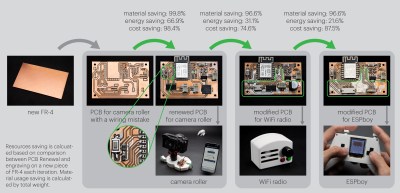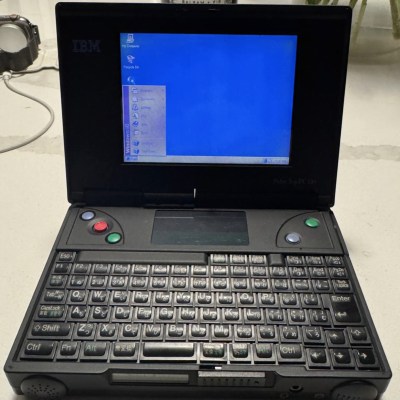An intriguing mouth-played instrument emerged—and won—at the 2023 Guthman Musical Instrument Contest hosted by Georgia Tech. [Keith Baxter] took notice and reproduced the idea for others to explore. The result is the Zen Flute Mouth Theremin, a hybrid of acoustics, electronics, and expressive performance.
At its core lies a forced Helmholtz resonator, a feedback system built with a simple microphone and speaker setup. The resonator itself? The user’s mouth. The resulting pitch, shaped by subtle jaw and tongue movements, is detected and used to drive a MIDI controller feeding an external synthesizer.
Like a trombone or classic electromagnetic theremin, the Zen Flute doesn’t rely on discrete notes. Instead, the pitch is bent manually to the desired frequency. That’s great for expression, but traditional MIDI quantisation can map those “in-between” notes to unexpected semitones. The solution? MIDI Polyphonic Expression (MPE). This newer MIDI extension allows smooth pitch transitions and nuanced control, giving the Zen Flute its expressive character without the hiccups.
Physically, it’s an elegant build. A flat speaker and microphone sit side-by-side at the mouth end, acoustically isolated with a custom silicone insert. This assembly connects to a length of clear PVC pipe, flared slightly to resemble a wind instrument. Inside, a custom PCB (schematic here) hosts a mic preamp, an audio power amp, and a Teensy 4.1. The Teensy handles everything: sampling the mic input, generating a 90-degree phase shift, and feeding it back to the speaker to maintain resonance. It also detects the resonant frequency and translates it to MPE over USB. A push-button triggers note onset, while a joystick adjusts timbre and selects modes. Different instrument profiles can be pre-programmed and toggled with a joystick click, each mapped to separate MIDI channels.
Mouth-controlled instruments are a fascinating corner of experimental interfaces. They remind us of this Hackaday Prize entry from 2018, this wind-MIDI hybrid controller, and, of course, a classic final project from the Cornell ECE4760 course, a four-voice theremin controlled by IR sensors.
Continue reading “Zen Flute Is A Teensy Powered Mouth Theremin”



















